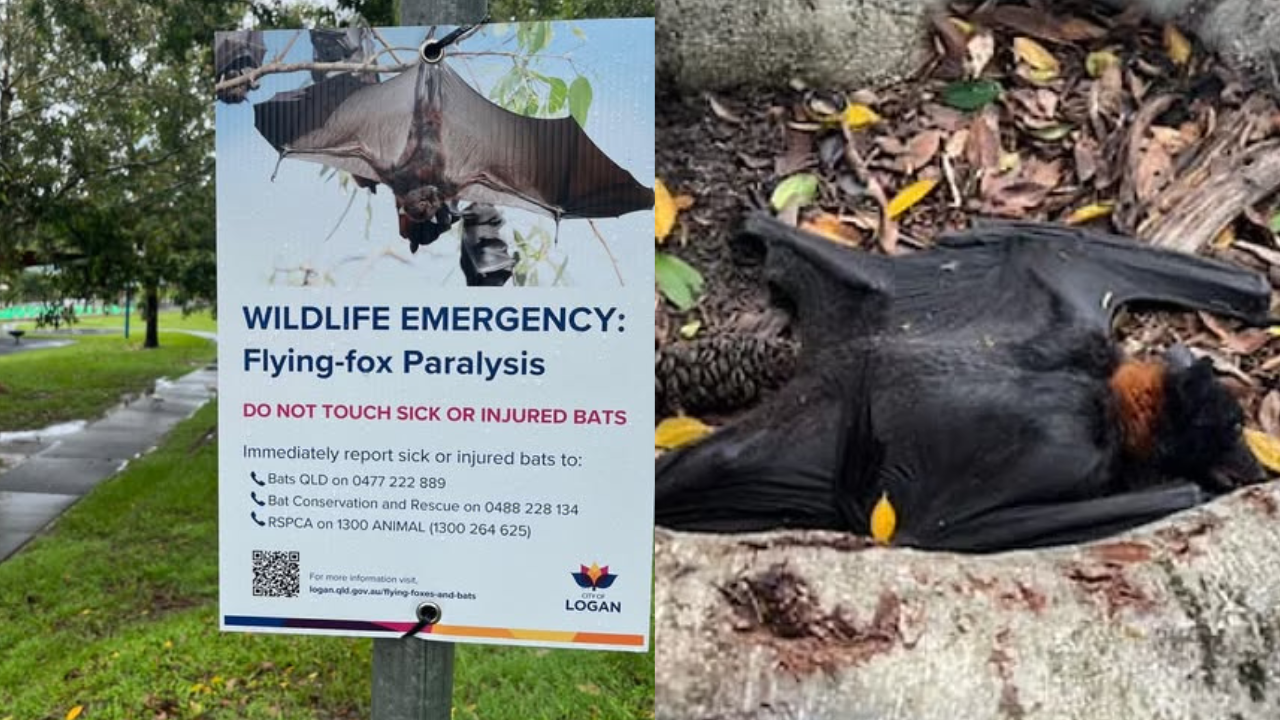‘Equivalent of Tasmanian tiger for bird watchers’ discovered in Western Australia desert

- by Admin
- September 22, 2024

The largest known population of one of Australia’s rarest birds has been found living in Western Australia’s Great Sandy desert.
A team of Ngururrpa rangers and scientists detected the stronghold of up to 50 night parrots – a critically endangered species once feared extinct – living on Indigenous-managed land, according to a study published in Wildlife Research.
Dr Rachel Paltridge, an ecologist with the Indigenous Desert Alliance and co-author of the study, said night parrots were notoriously elusive birds.
“Very few people have seen them,” she said. “But on a recent field trip the Ngururrpa rangers were lucky enough to have one fly in and land in their camp and saw its beautiful green and yellow feathers in the camp light.”
During the daytime, night parrots hid inside old-growth spinifex hummocks, called “lanu lanu” in the local Kukatja language, only coming out at night.
The program combined Indigenous knowledge and science, Paltridge said.
Ngururrpa ranger Cindy Gibson said it was good to go out on country looking for night parrots. The rangers recently found a breeding area for the first time. “We saw nests and the eggs and we saw feathers of the night parrot,” she said.
Aided by songmeters (a type of sound recorder) and camera traps, the researchers surveyed 31 sites within the Ngururrpa Indigenous Protected Area between 2020 and 2023, finding night parrots at 17 locations.
Dr Steve Murphy and Dr Nick Leseberg developed the technique for detecting night parrot calls, which was embraced with success by Ngururrpa rangers.
Leseberg, an ecologist and co-author of the study, said night parrots used a variety of different calls. One sounded like a telephone – “didly dip, didly dip” – while another went “dink dink” like a bell.
The night parrot and New Zealand’s kākāpō were the only two nocturnal parrot species, he said, and that wasn’t the only thing the birds had in common. They both behaved in a similar way in the company of predators. “When you startle a night parrot, it just freezes, and it just sort of sits there and pretends like you can’t see it.”
Baby night parrots were particularly vulnerable to feral cats, Leseberg said. After leaving their spinifex nests, the fledglings spent a few weeks “flopping around on the ground” making a lot of noise.
With fewer than 20 recorded in Queensland, the night parrots found living in the Ngururrpa Indigenous Protected Area was the “largest known population by a margin”, he said.
Paltridge said the study confirmed the importance of having people on country managing fire and feral animals.
Lightning-ignited wildfires were a more significant threat to night parrot roosting habitat in Western Australia than in south-west Queensland, she said. Ngururrpa rangers combined traditional ground burning techniques with aerial burning to break up fuel loads to help stop the spread of hot summer wildfires started by lightning.
She said it was also “good news” that dingoes in the area ate feral cats and deterred them from hanging around night parrot habitat.
Prof James Watson, a University of Queensland conservation scientist and night parrot recovery team member, who was not involved in the recent study, said they were considered one of the world’s most enigmatic species.
Night parrots were effectively lost for a century, apart from occasional unconfirmed sightings, which gave them an almost mythical aura, he said. “It’s the equivalent of the Tasmanian tiger for bird watchers.”
Watson said the research demonstrated the clear benefits of Indigenous managed land for threatened species.
Murphy, an ornithologist who led early research into night parrots in Queensland, agreed. “We know how to find them and monitor them,” he said, and “passionate and committed” Indigenous rangers were being supported to become really proficient land managers on Indigenous Protected Areas.
The recent discovery of hotspots in Western Australia showed numerous birds were hanging on despite all the pressures, he said. “It’s an absolute fairytale in terms of conservation”.
The Latest News
-
December 27, 2024Molineux faces surgery as Aussies reveal Ashes squad | cricket.com.au
-
December 27, 2024Novak Djokovic response when asked if Roger Federer’s dominance of tennis was over after he won his first Australian Open title ever
-
December 27, 2024Paying tribute to those golf lost in 2024 – Australian Golf Digest
-
December 27, 2024Don’t like pills? Here’s an alternative pain-management treatment to consider for your golf aches and pains – Australian Golf Digest
-
December 27, 2024Charley Hull shares grueling Christmas workout, puts all of us to shame – Australian Golf Digest


